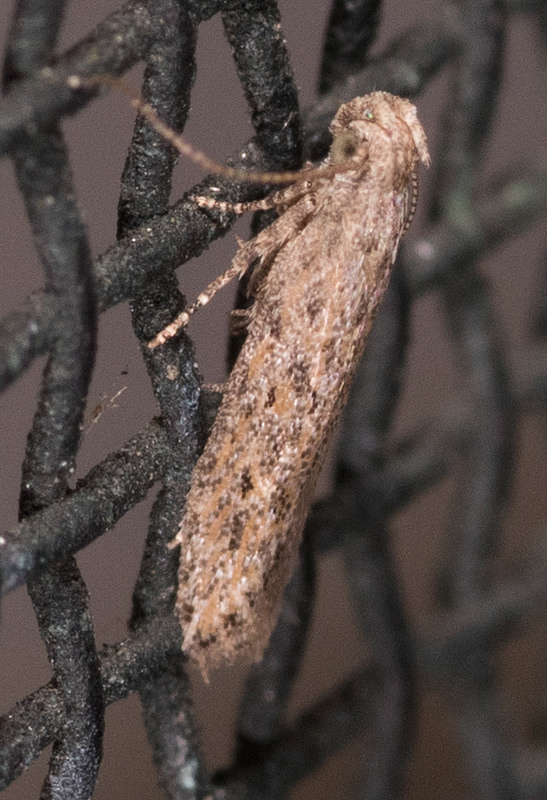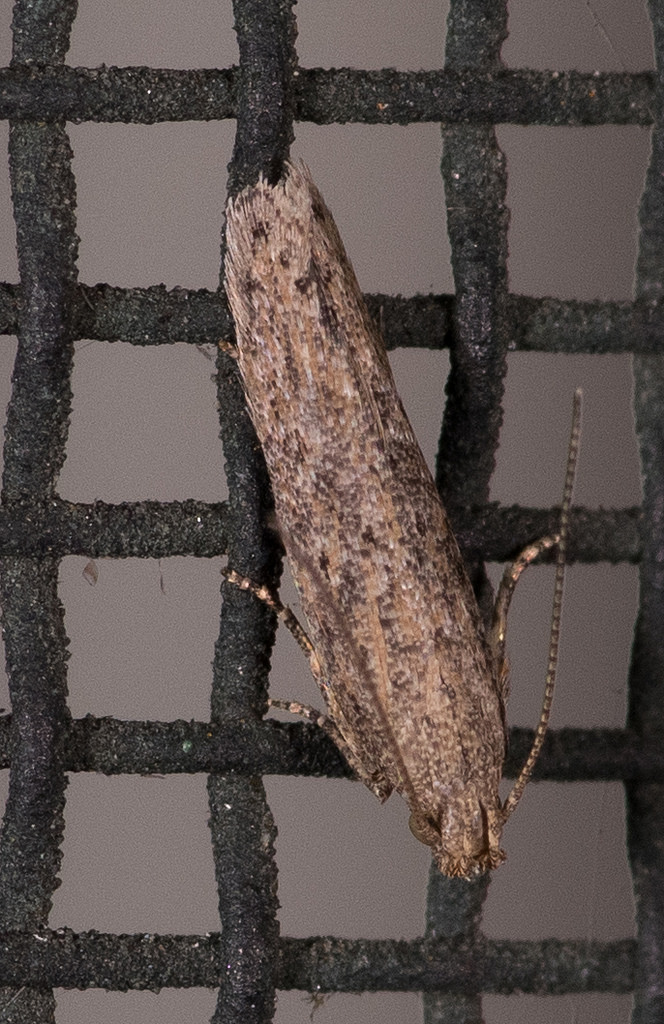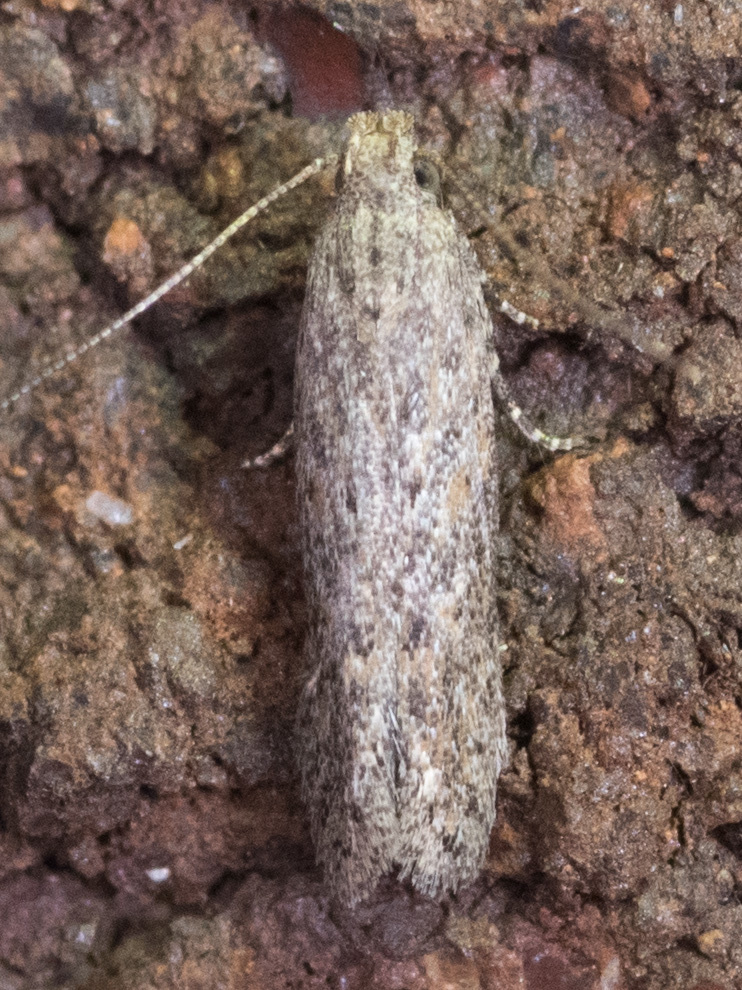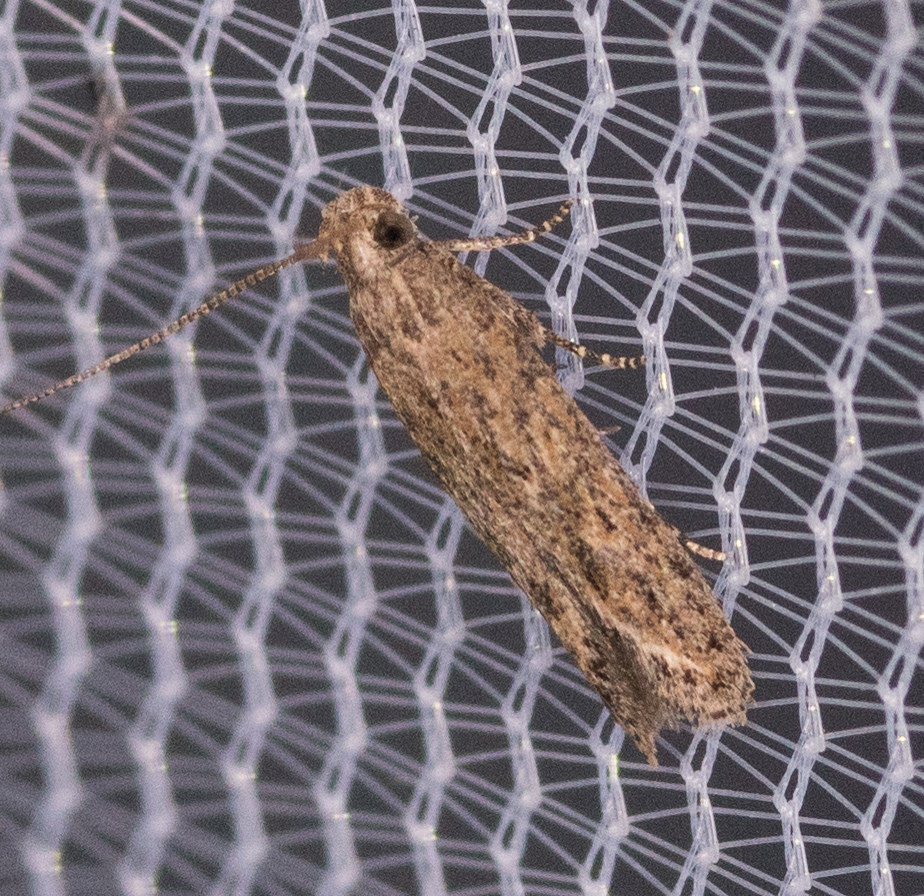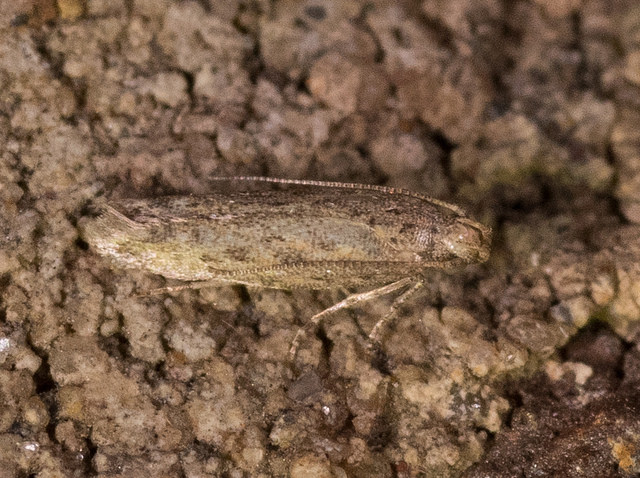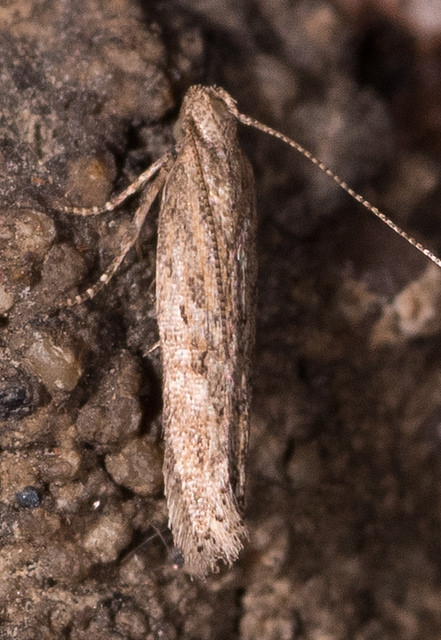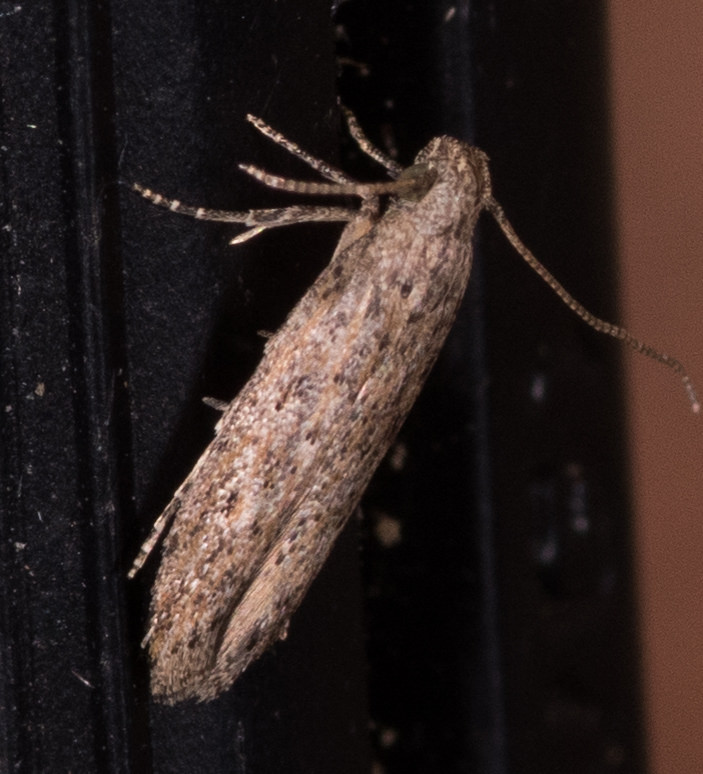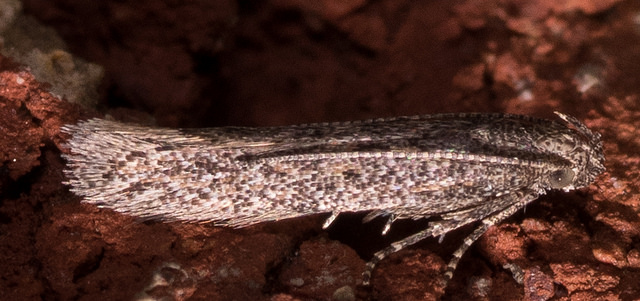Map Snapshot




16 Records
Seasonality Snapshot
Use of media featured on Maryland Biodiversity Project is only permitted with express permission of the photographer.
A Tomato Pinworm Moth in Frederick Co., Maryland (9/21/2016). Verified by Roger Downer/BAMONA.
View Record Details
Media by
Mark Etheridge.
A Tomato Pinworm Moth in Frederick Co., Maryland (9/7/2016).
View Record Details
Media by
Mark Etheridge.
A Tomato Pinworm Moth in Frederick Co., Maryland (9/10/2016). Verified by Roger Downer/BAMONA.
View Record Details
Media by
Mark Etheridge.
Tomato Pinworm Moth in Frederick Co., Maryland (10/3/2016). (c) Mark Etheridge, some rights reserved (CC BY-NC).
View Record Details
Media by
Mark Etheridge.
A Tomato Pinworm Moth in Frederick Co., Maryland (9/24/2015). Verified by Roger Downer/BAMONA.
View Record Details
Media by
Mark Etheridge.
A Tomato Pinworm Moth in Frederick Co., Maryland (10/5/2016). Verified by Roger Downer/BAMONA.
View Record Details
Media by
Mark Etheridge.
A Tomato Pinworm Moth in Frederick Co., Maryland (10/17/2016). Verified by Roger Downer/BAMONA.
View Record Details
Media by
Mark Etheridge.
A Tomato Pinworm Moth in Frederick Co., Maryland (10/19/2016). Verified by Roger Downer/BAMONA.
View Record Details
Media by
Mark Etheridge.
A Tomato Pinworm Moth in Frederick Co., Maryland (10/8/2016).
View Record Details
Media by
Mark Etheridge.
A Tomato Pinworm Moth in Frederick Co., Maryland (9/23/2015). Verified by Roger Downer/BAMONA.
View Record Details
Media by
Mark Etheridge.
Source: Wikipedia
| Tomato pinworm | |
|---|---|

| |
| Scientific classification | |
| Domain: | Eukaryota |
| Kingdom: | Animalia |
| Phylum: | Arthropoda |
| Class: | Insecta |
| Order: | Lepidoptera |
| Family: | Gelechiidae |
| Genus: | Keiferia |
| Species: | K. lycopersicella
|
| Binomial name | |
| Keiferia lycopersicella (Walsingham, 1897)
| |
| Synonyms | |
| |
Keiferia lycopersicella, the tomato pinworm, is a moth of the family Gelechiidae. It is found in warm areas in Mexico, California, Texas, Georgia, Florida, Hawaii, Cuba, Hispaniola and the Bahamas. It has also been reported from greenhouses in Delaware, Mississippi, Missouri, Pennsylvania and Virginia.
The wingspan is 9–12 mm. There are seven to eight generations per year.
The larvae feed on Solanaceae species, including Lycopersicon esculentum, Solanum melongena, Solanum tuberosum, Solanum carolinense, Solanum xanthii, Solanum umbelliferum and Solanum bahamense. Young larvae use silk to spin a tent. Under the cover of this tent they create a tunnel into a leaf of their host. They may also enter stems or fruits.
External links
[edit]
